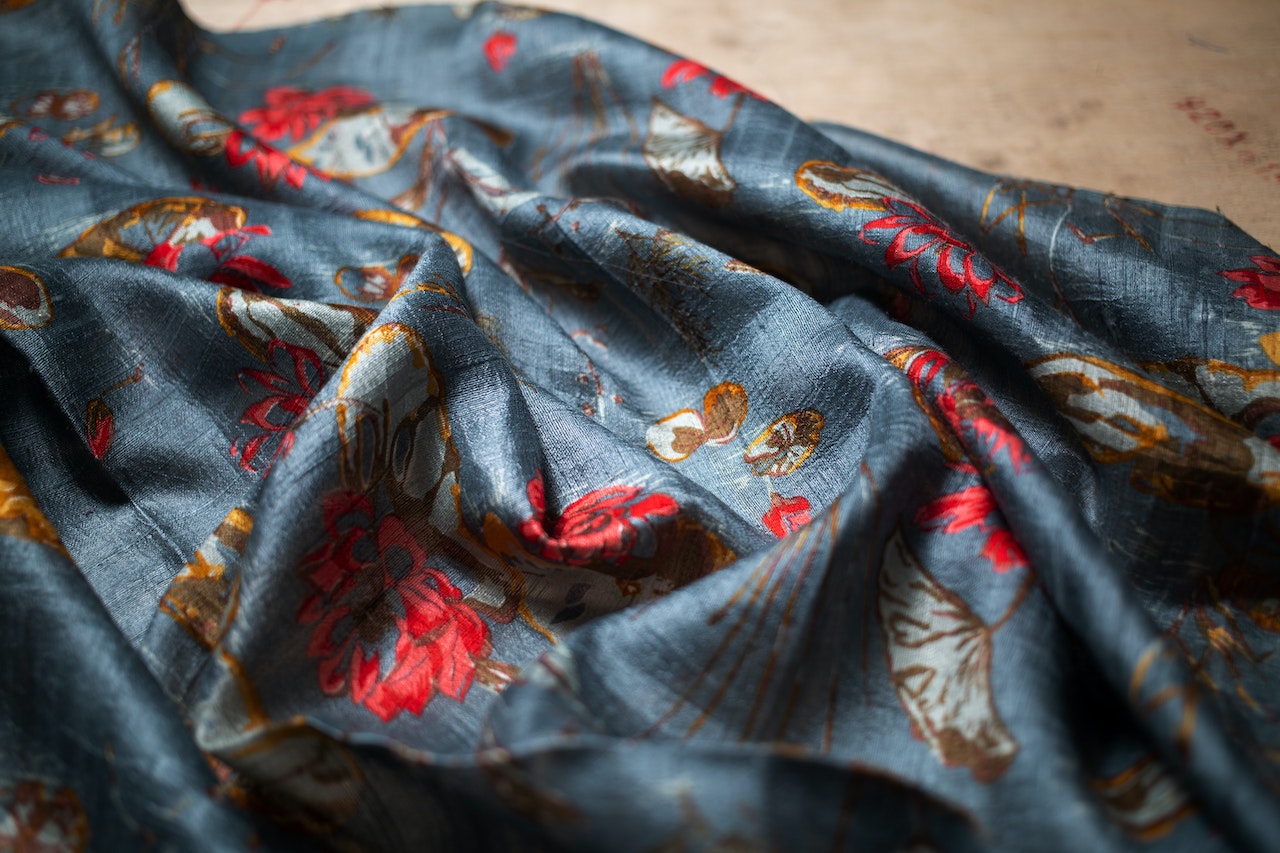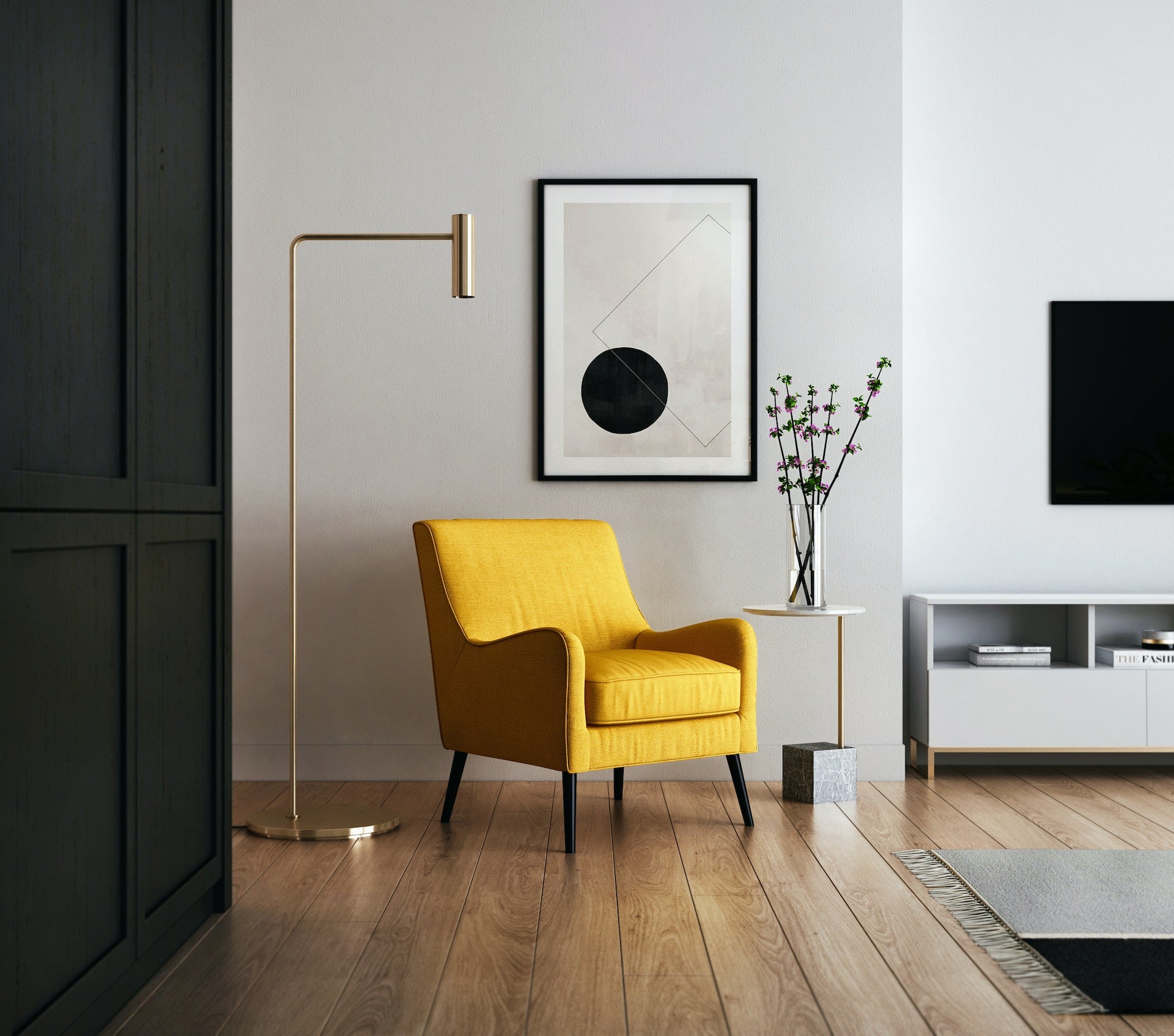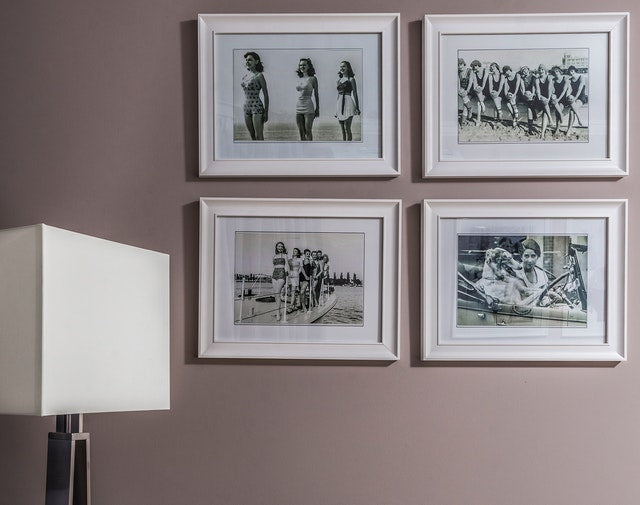

The art of creating inviting indoor spaces combines creativity and functionality to enhance aesthetics and usability. Among the diverse elements used in this creative process, textiles play a vital part in setting the tone and ambiance of a room. From their softness to striking patterns and colors, these materials have the power to transform ordinary spaces into extraordinary ones. We will explore the pivotal impact of textiles in interior design and the various ways they can elevate spaces to new heights.
The Power of Texture and Color
When it comes to interior aesthetics, textiles cannot be overstated. They contribute to a room's visual appeal and tactile experience, creating a warm and inviting atmosphere. The clever use of textures and colors allows designers to add depth and character to any space. A plush velvet sofa, a cozy woolen rug, or vibrant patterned curtains can instantly infuse life into an otherwise bland room.
Functional Textiles for Comfort and Practicality
Fabrics not only add beauty but also serve practical purposes in design. Sofas and chairs adorned with soft, durable materials offer comfort and functionality, making a space more inviting and usable. Additionally, textiles like blackout curtains provide light control and privacy, while thermal curtains can help regulate indoor temperatures, making a room more energy-efficient.
Playing with Patterns and Prints
Patterns and prints in textiles provide endless design possibilities. From classic stripes and geometric shapes to intricate floral motifs, these patterns can be used strategically to create a focal point or add a sense of movement to a room. Bold patterns in accent pillows, area rugs, or even wallpaper can infuse a touch of personality and style into an indoor space.

Versatility in Applications
Fabrics can be incorporated into the design in various ways, allowing for customization and adaptability. One of the most common applications is upholstery. Whether it's a plush fabric for a cozy armchair or a sleek leather covering for a contemporary sofa, upholstery adds sophistication and comfort to furniture pieces.
Curtains and draperies are another popular way to utilize fabrics in design. Sheer, lightweight materials can create an airy and ethereal feel, while heavy, opulent drapes can add a touch of grandeur and luxury to a room.
Area rugs and carpets are versatile fabric elements that define spaces, add warmth underfoot, and dampen noise levels. They also serve as decorative pieces that tie together various elements.
Balancing Textiles with Other Elements
Achieving a harmonious indoor space requires a careful balance between different elements, and textiles in interior design play a pivotal part in this process. When selecting materials, it's essential to consider the existing elements in a room, such as furniture, flooring, and wall colors. A cohesive color scheme and a mix of textures can create a visually appealing and well-coordinated space.
Sustainable Textiles for Eco-Friendly Design
As environmental consciousness grows, so does the demand for sustainable, eco-friendly design options. Many fabrics are produced using organic and recycled materials, reducing the industry's environmental impact. Incorporating sustainable textiles in design promotes responsible consumerism and adds a unique charm to a space, knowing that it contributes positively to the environment.
The Influence on Emotional Impact
Beyond the visual appeal and practicality, they also profoundly affect the emotional impact of interior spaces. Soft, plush textiles can create a sense of comfort and coziness, making a room feel like a warm embrace. On the other hand, sleek and smooth materials can evoke a modern and sophisticated ambiance, appealing to those who enjoy minimalistic aesthetics.

The choice of fabrics can significantly impact the overall mood in spaces meant for relaxation, such as bedrooms and living rooms. Calming and soothing colors combined with soft, luxurious textures can induce a sense of tranquility and help individuals unwind after a long day. In contrast, vibrant and bold textiles can inject energy and excitement into spaces like playrooms and entertainment areas.
Acoustics
In addition to their visual and tactile impact, textiles in interior design can contribute to the acoustic qualities of a room. Echoes and sound reflections can be controlled by incorporating textiles like curtains, drapes, and upholstery. Fabrics with dense weaves and soft textures absorb sound waves, reducing noise levels and creating a more serene environment.
This acoustic advantage makes fabrics particularly valuable in large spaces with high ceilings, which tend to have increased reverberation. By strategically placing textiles, designers can enhance the acoustics, making conversations more enjoyable and improving the overall auditory experience within the room.
Seasonal Transformations
One of the remarkable aspects of fabrics in interior spaces is their ability to undergo seasonal transformations. Changing materials like throw pillows, area rugs, and window treatments allow homeowners to adapt their living spaces to the different seasons. Those residing in Toronto are more than familiar with the need to change it up with the seasons. And while you are going through the lovely summer months, look for a secure storage unit to keep all the chunky décor safe and sound. Renting storage in Toronto is a great way to save on space, especially if your place is on the smaller side.
During colder months, heavy and warm fabrics such as wool, faux fur, and velvet can be introduced to add a cozy and inviting atmosphere. On the other hand, lightweight and breathable fabrics like cotton and linen are ideal for summer, providing a cool and refreshing feel.
Personalization
Personalization is a key aspect of interior design, allowing individuals to create spaces that resonate with their personalities and preferences. Fabrics play an instrumental part in this process, enabling homeowners to infuse their spaces with a touch of individuality.
For those who appreciate luxury, opulent fabrics like silk and satin can add sophistication and glamour. People who lean towards a rustic and cozy ambiance might prefer natural materials like burlap and jute.
Furthermore, fabrics can be used to showcase cultural heritage and traditions. Handwoven textiles, traditional patterns, and artisanal craftsmanship can be incorporated into the design, representing one's roots and heritage.

Commercial Spaces
The impact of fabrics extends beyond residential interiors; they also play a significant part in commercial spaces. In hospitality settings, such as hotels and restaurants, materials are often chosen for their aesthetics and durability and ability to withstand heavy usage.
In corporate environments, fabrics are used to create functional and comfortable workspaces. Ergonomic office chairs with supportive fabric upholstery contribute to employee well-being and productivity. Similarly, materials are used in soundproofing and acoustic treatment in conference rooms and meeting spaces to ensure clear communication and productive discussions.
Last Words on the Role of Textiles in Interior Design
The role of textiles in interior design is undeniable, playing a multifaceted part in enhancing the aesthetic appeal and functionality of spaces. As you embark on your design journey, remember to explore the vast potential of fabrics and how they can effortlessly transform any room into a haven of beauty and comfort. Whether it's a luxurious sofa adorned with soft velvet or a sustainable area rug that ties the room together, fabrics will continue to be a timeless and indispensable part of the ever-evolving world of indoor design.
Keyword: textiles in interior design
Meta Description: Explore the fascinating world of textiles in interior design and discover how these versatile elements can transform spaces with elegance and functionality.
https://www.pexels.com/photo/art-business-color-colorful-276267/
https://www.pexels.com/photo/printed-piece-of-fabric-2933636/
https://www.pexels.com/photo/spacious-living-room-in-modern-cottage-6076854/
https://www.pexels.com/photo/wood-art-creative-mexican-7205817/
Leave a comment (all fields required)
Comments will be approved before showing up.


